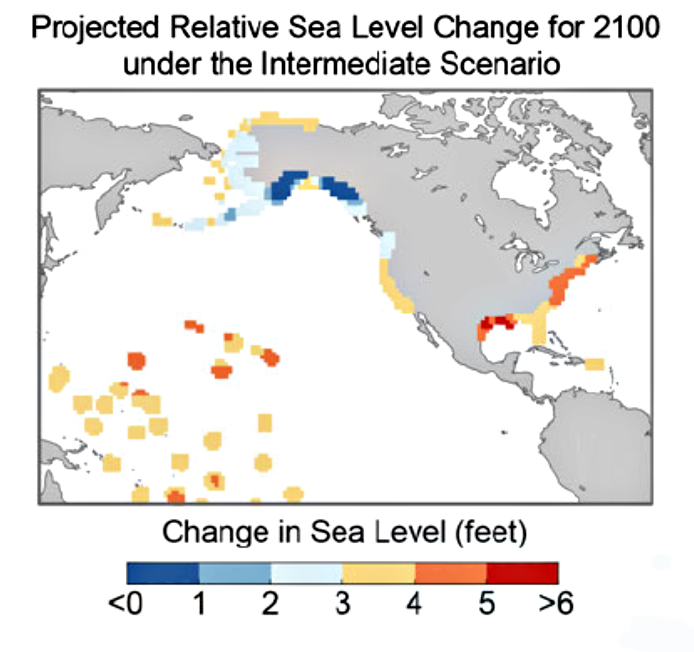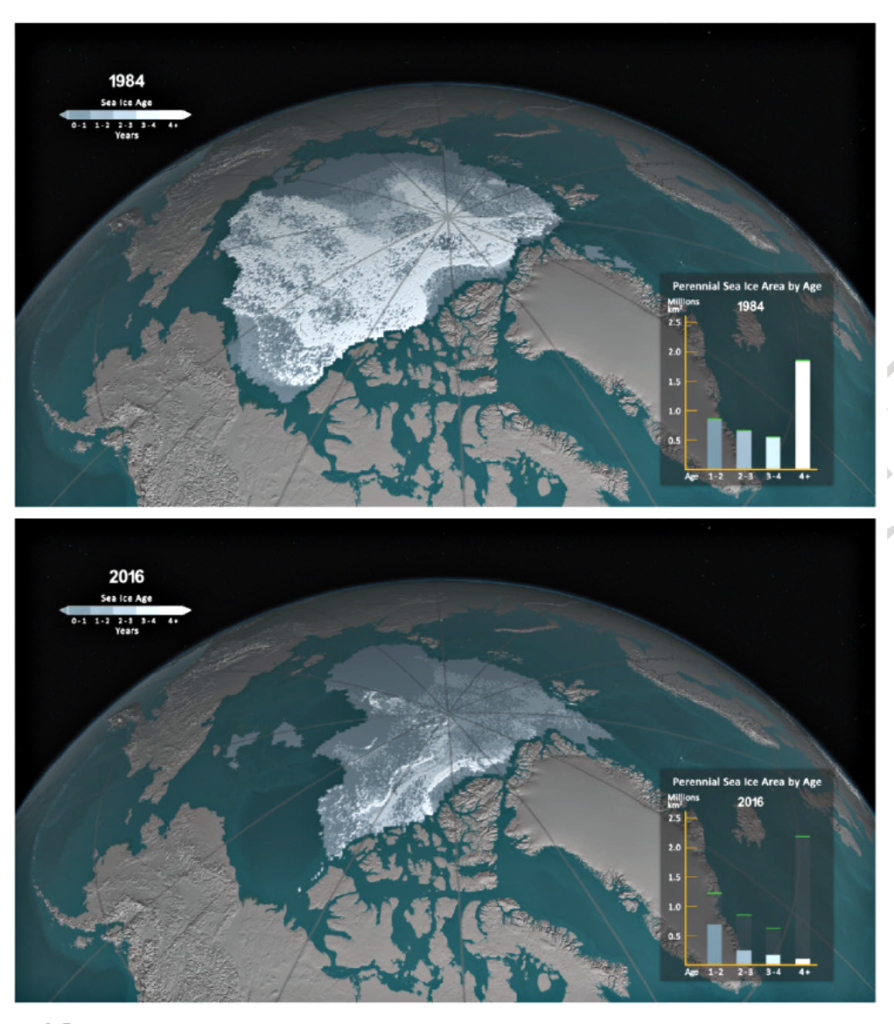Sen. Schatz: ‘Climate Change is Real’
U.S. Sen. Brian Schatz (D-Hawai‘i) released a statement on the climate change report drafted by federal scientists, which is awaiting approval by federal agencies.
“This report confirms what we already know: climate change is real, it is caused by people, and we need to do something about it,” said Sen. Schatz. “The federal government should not suppress or deny these facts, nor should it try to silence government scientists. Instead, our leaders need to come together to raise the alarm and find a way forward. Congress should lead the way, and we can start by looking at carbon fee proposals as part of tax reform.”
Excerpts from the EXECUTIVE SUMMARY* of the U.S. GLOBAL CHANGE RESEARCH PROGRAM CLIMATE SCIENCE SPECIAL REPORT (CSSR)
This Climate Science Special Report is designed to capture that new information and build on the existing body of science in order to summarize the current state of knowledge and provide the scientific foundation for the Fourth National Climate Assessment.
Since the Third U.S. National Climate Assessment was published in May 2014, stronger evidence has emerged for continuing, rapid, human-caused warming of the global atmosphere and ocean.
This report concludes that “it is extremely likely that human influence has been the dominant cause of the observed warming since the mid-20th century. For the warming over the last century, there is no convincing alternative explanation supported by the extent of the observational evidence.”
The last few years have also seen record-breaking, climate-related weather extremes, the three warmest years on record for the globe and continued decline in arctic sea ice. These trends are expected to continue in the future over climate (multidecadal) timescales.
Significant advances have also been made in our understanding of extreme weather events and how they relate to increasing global temperatures and associated climate changes. Since 1980, the cost of extreme events for the United States has exceeded $1.1 trillion, therefore better understanding of the frequency and severity of these events in the context of a changing climate is warranted.
Periodically taking stock of the current state of knowledge about climate change and putting new weather extremes, changes in sea ice, increases in ocean temperatures and ocean acidification into context ensures that rigorous, scientifically based information is available to inform dialogue and decisions at every level.
EXECUTIVE SUMMARY HIGHLIGHTS
Choices made today will determine the magnitude of climate change risks beyond the next few decades. (Chs. 4,14)
The global, long-term, and unambiguous warming trend has continued during recent years. Since the last National Climate Assessment was published, 2014 became the wannest yeru.· on record globally; 2015 surpassed 2014 by a wide margin and 2016 surpassed 2015. Sixteen of the last 17 years are the warmest years on record for the globe. (Ch.I; Fig ES. I)
Average annual temperature over the contiguous United States has increased by l.8°F (1.0°C) for the period 1901-2016 and is projected to continue to rise. (Very high confidence). (Ch.6; Fig ES.4)
The observed increase in global carbon emissions over the past 15-20 years has been consistent with higher scenarios (very high confidence). In 2014 and 2015, emission growth rates slowed as economic growth has become less carbonintensive (medium confidence). Even if this slowing trend continues, however, it is not yet at a rate that would meet the long-term temperature goal of the Paris Agreement of holding the increase in the global average temperature to well below 3.6°F (2°C) above preindustrial levels (high confidence). (Ch.4)
There have been marked changes in temperature extremes across the contiguous United States. The number of high-temperature records set in the past two decades far exceeds the number of low temperature records. (Very high confidence) (Ch.6, Fig ES.5)
Heavy precipitation events in most parts of the United States have increased in both intensity and frequency since 1901 (high confidence). There are imp01tant regional differences in trends, with the largest increases occurring in the northeastern United States (high confidence). (Ch.7; Fig ES.6)
Extreme temperatures in the contiguous United States are projected to increase even more than average temperatures (very high confidence). (Ch.6)
Future decreases in surface soil moisture from human activities over most of the United States are likely as the climate warms under the higher emissions scenarios. (Medium confidence) (Ch.8)
Annual average near-surface air temperatures across Alaska and the Arctic have increased over the last 50 years at a rate more than twice as fast as the global average temperature. (Very high confidence) (Ch.11)
Since the early 1980s, annual average arctic sea ice has decreased in extent between 3.5% and 4.1 % per decade, has become thinner by between 4.3 and 7.5 feet, and is melting at least 15 more days each year. September sea ice extent has decreased between 10.7% and 15.9% per decade. (Very high confidence) (Ch.11)
Global mean sea level has risen by about 7-8 inches since 1900, with about 3 of those inches (about 7 cm) occurring since 1993 (very high confidence). (Ch.12)
The world’s oceans have absorbed about 93% of the excess heat caused by greenhouse gas warminging since the mid-20th century, making them warmer and altering global and regional climate feedbacks. (Very high confidence) (Ch.13)
The world’s oceans are currently absorbing more than a quarter of the CO2 emitted to the atmosphere annually from human activities, making them more acidic ( very high confidence), with potential detrimental impacts to marine ecosystems. (Ch.13)
Unanticipated and difficult or impossible-to-manage changes in the climate system are possible throughout the next century as critical thresholds are crossed and/or multiple climate-related extreme events occur simultaneously. (Ch.15)
Download the entire 673-page final draft or the “U.S. GLOBAL CHANGE RESEARCH PROGRAM CLIMATE SCIENCE SPECIAL REPORT (CSSR).”
* Wuebbles, D.J., D.W. Fahey, K.A. Hibbard, B. DeAngelo, S. Doherty, K. Hayhoe, R. Horton, J.P. Kossin, P.C. Taylor, A.M. Waple, and C.P. Weaver, 2017: Executive summary. In: Climate Science Special Report: A Sustained Assessment Activity of the U.S. Global Change Research Program [Wuebbles, D.J., D.W. Fahey, K.A. Hibbard, D.J. Dokken, B.C. Stewart, and T.K. Maycock (eds.)]. U.S. Global Change Research Program, Washington, DC, USA, pp. 12-37.


















